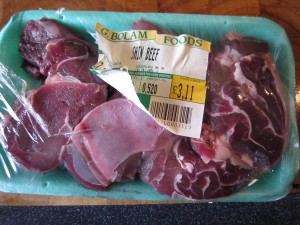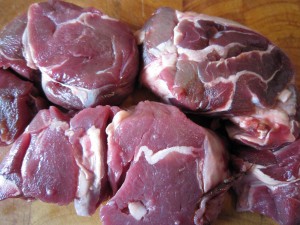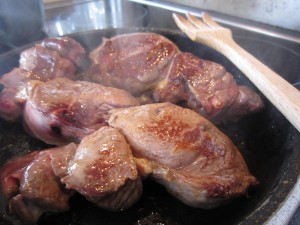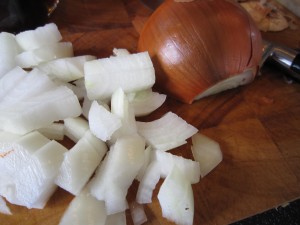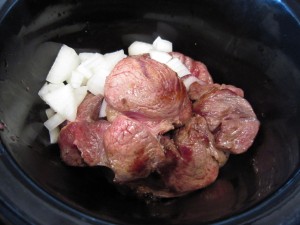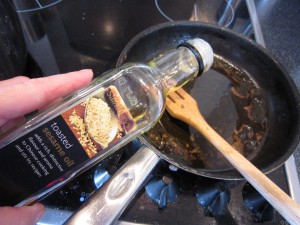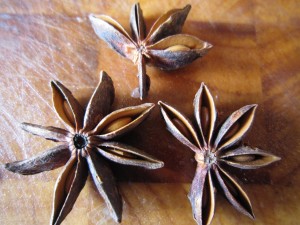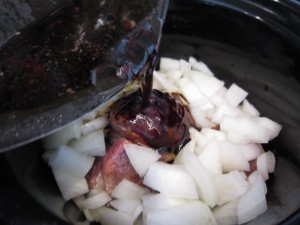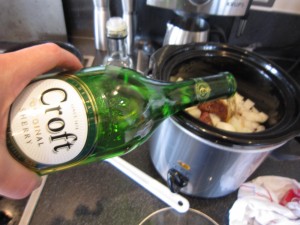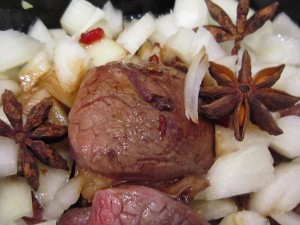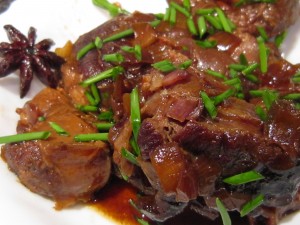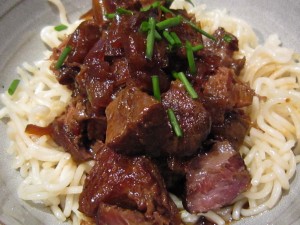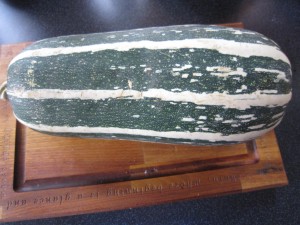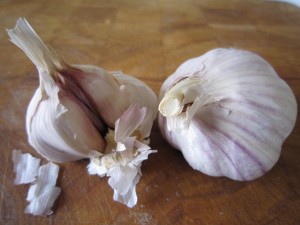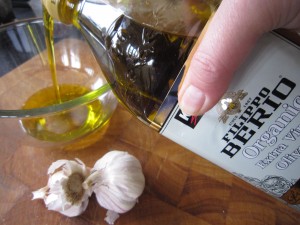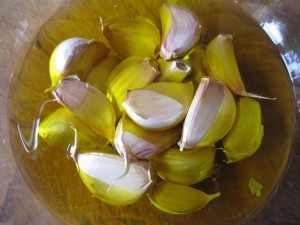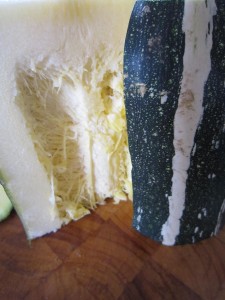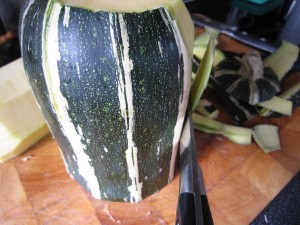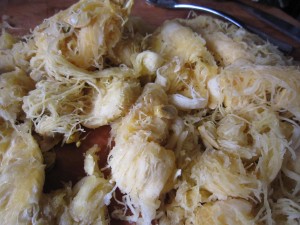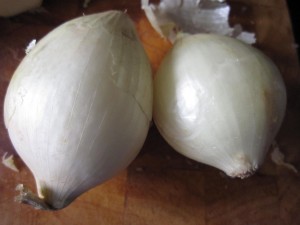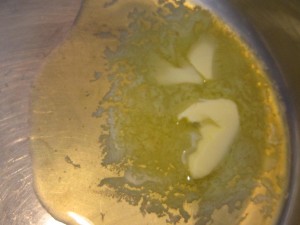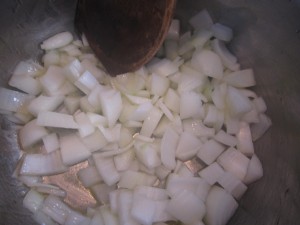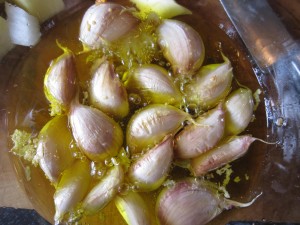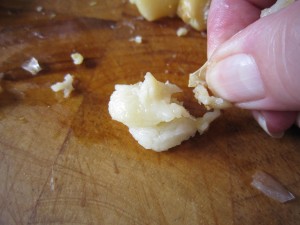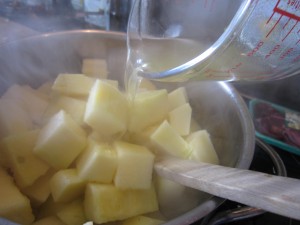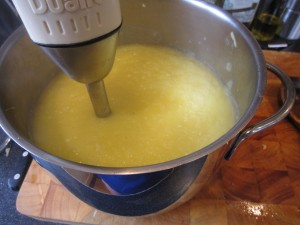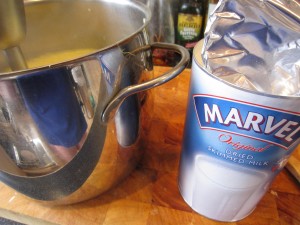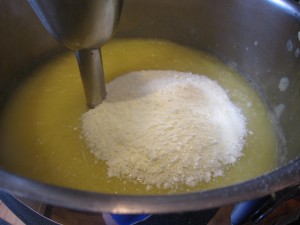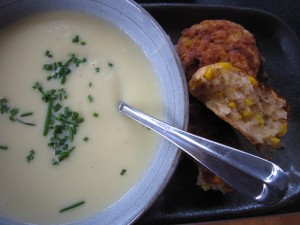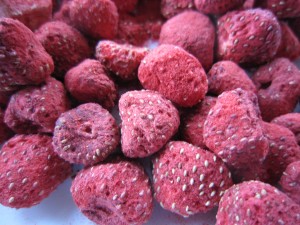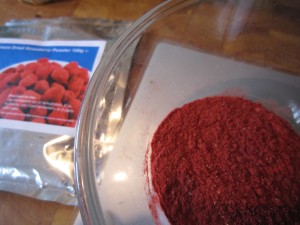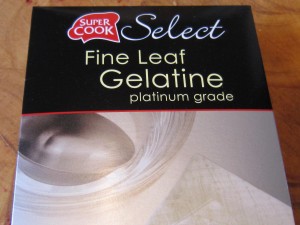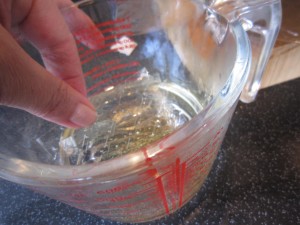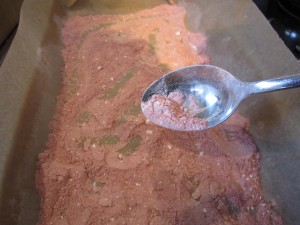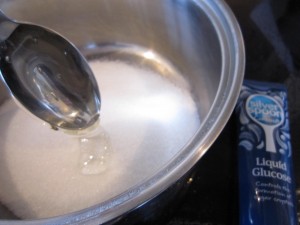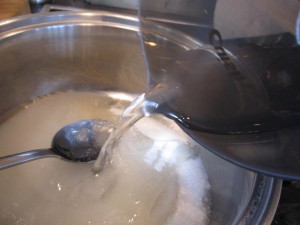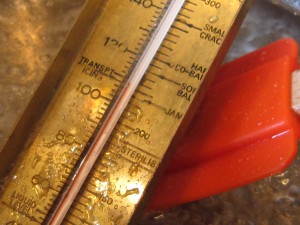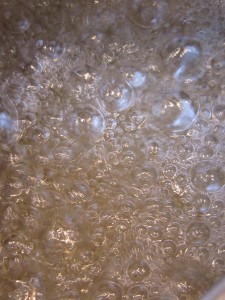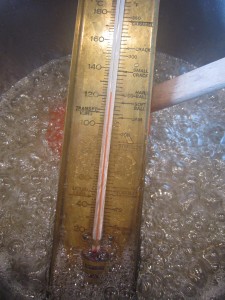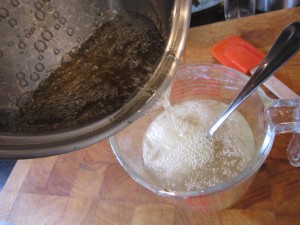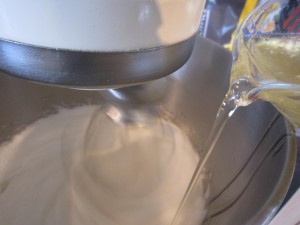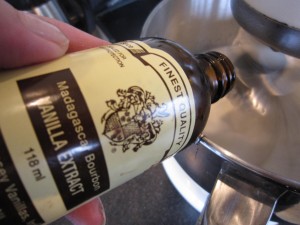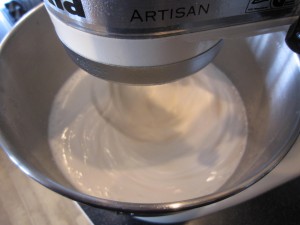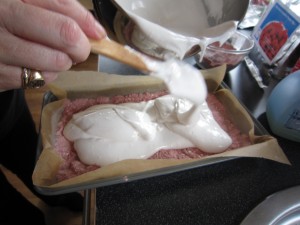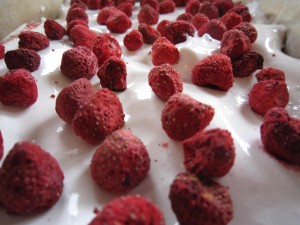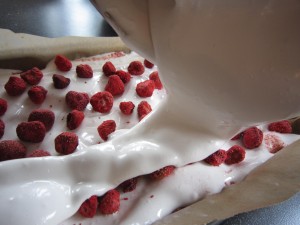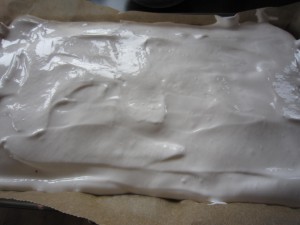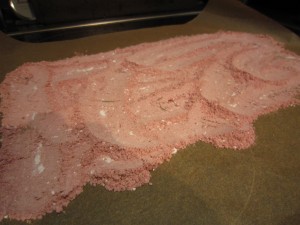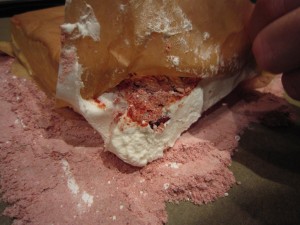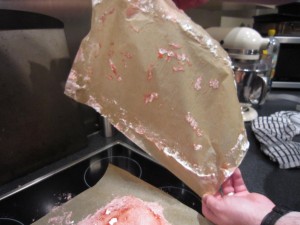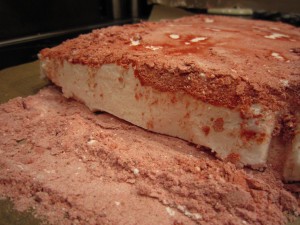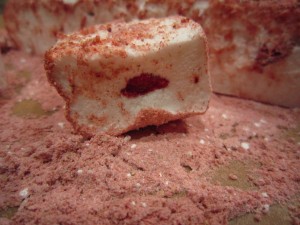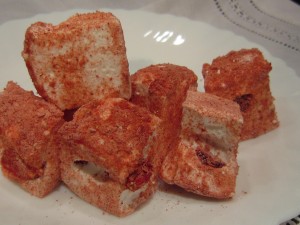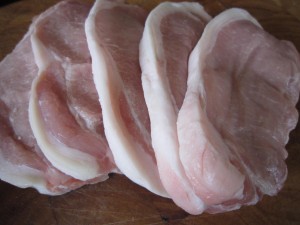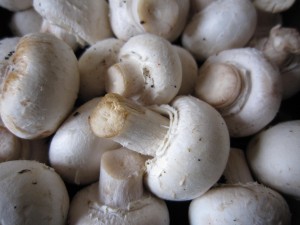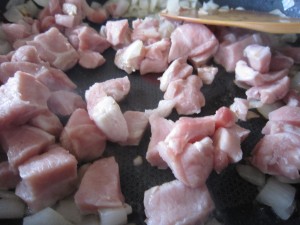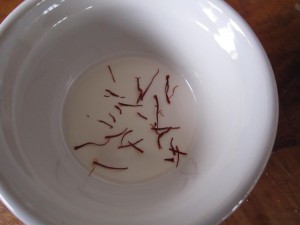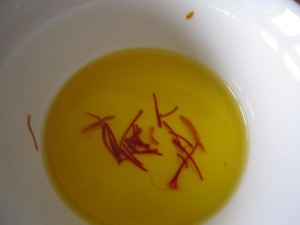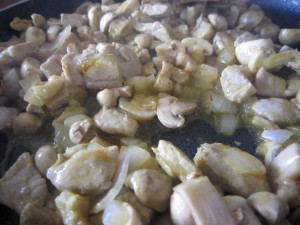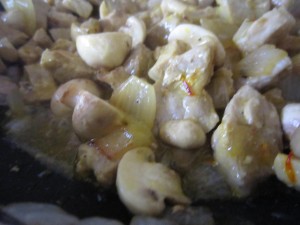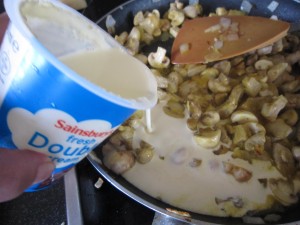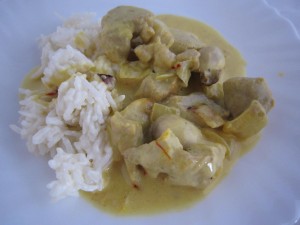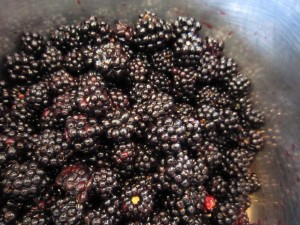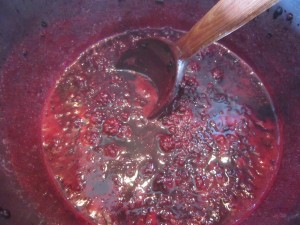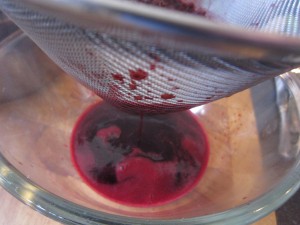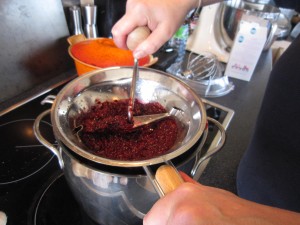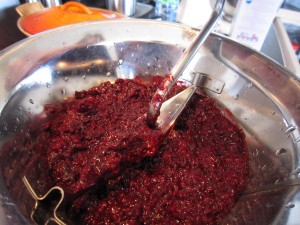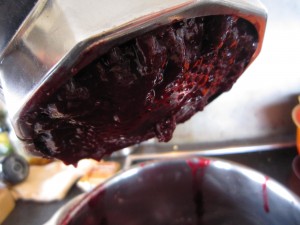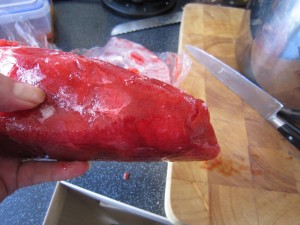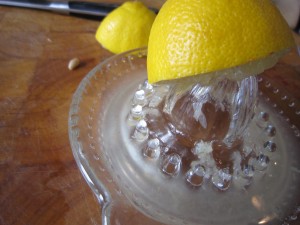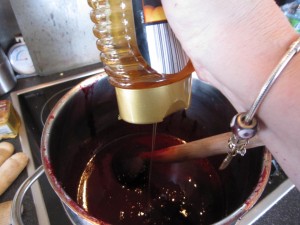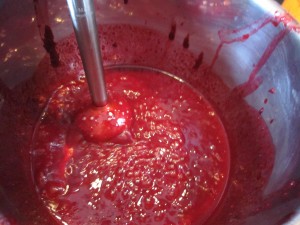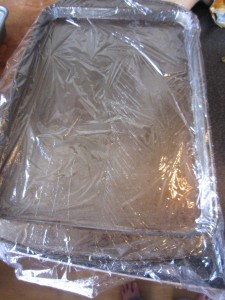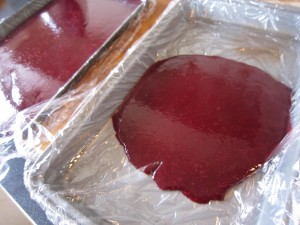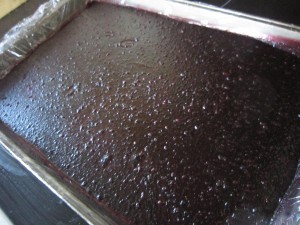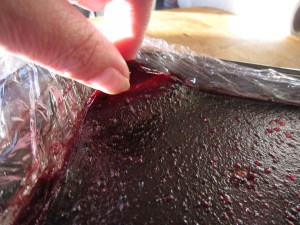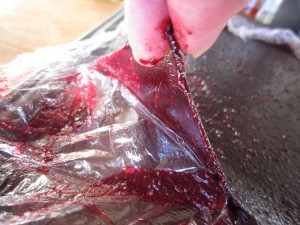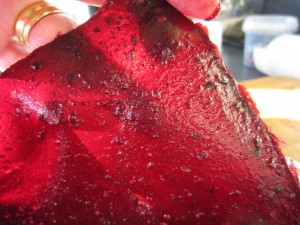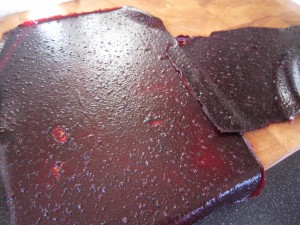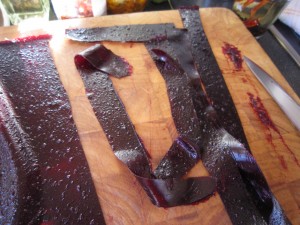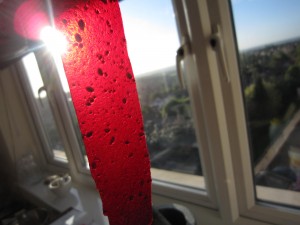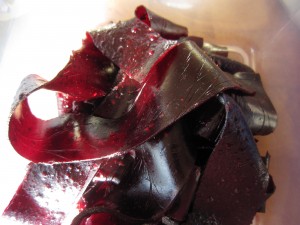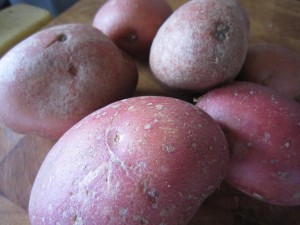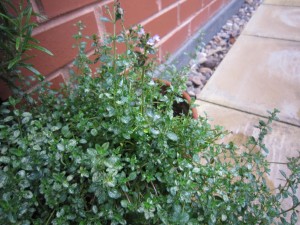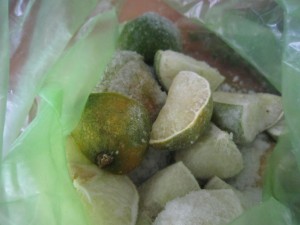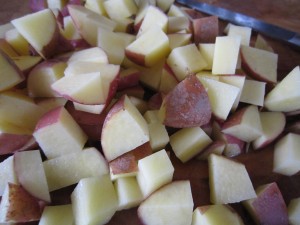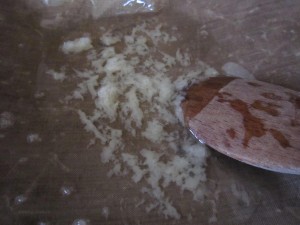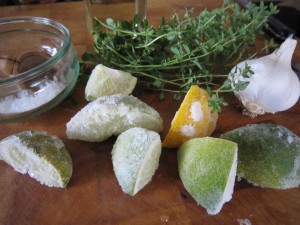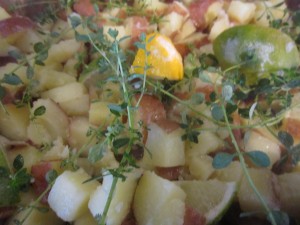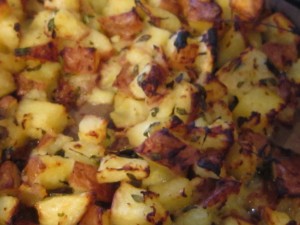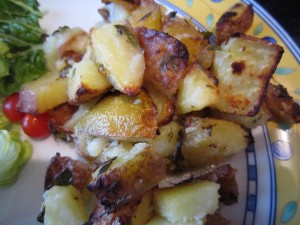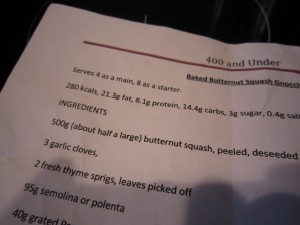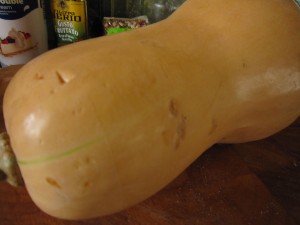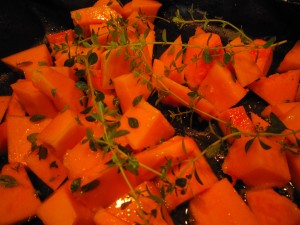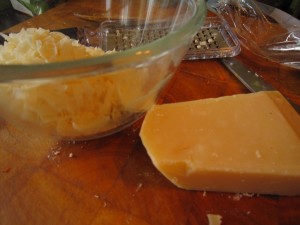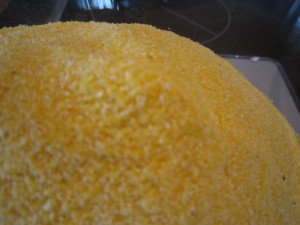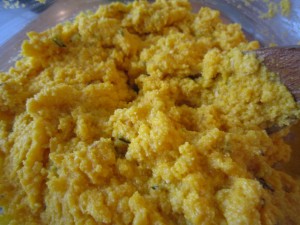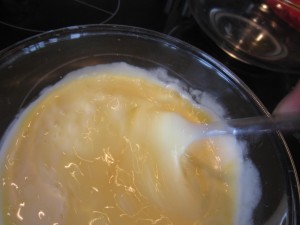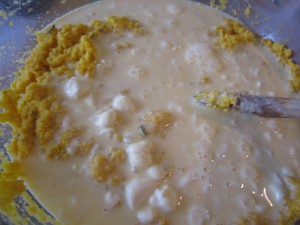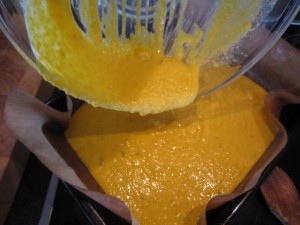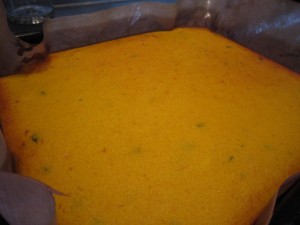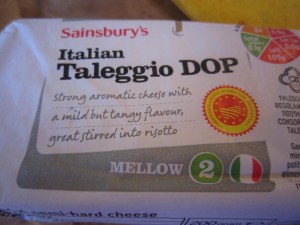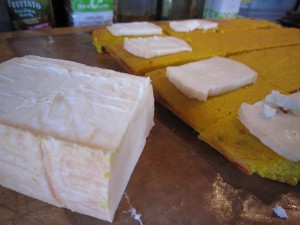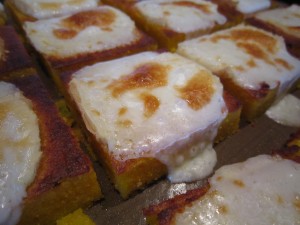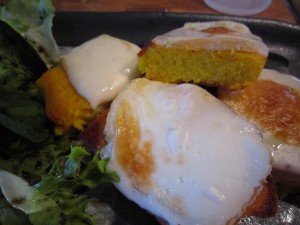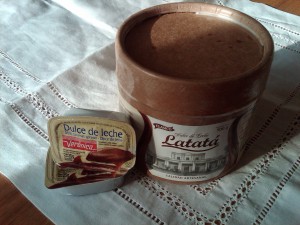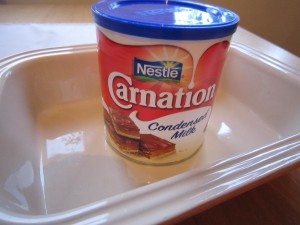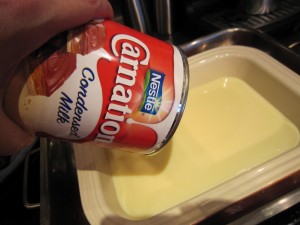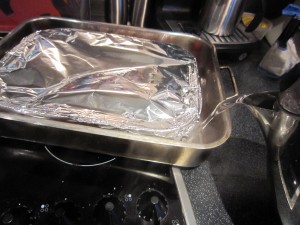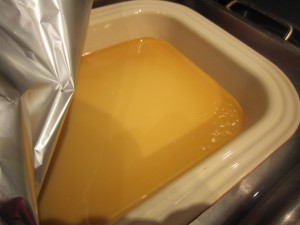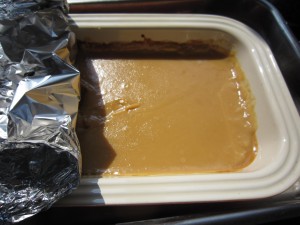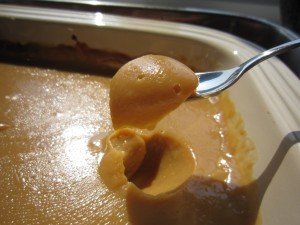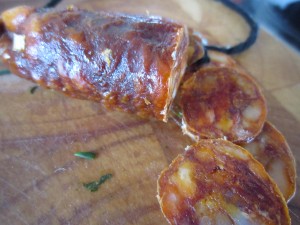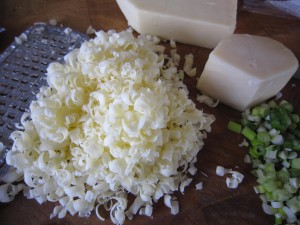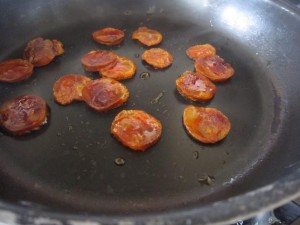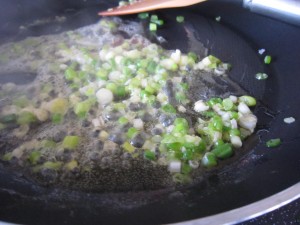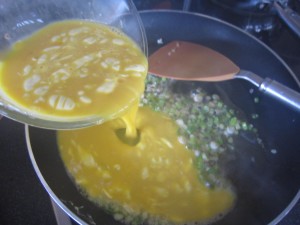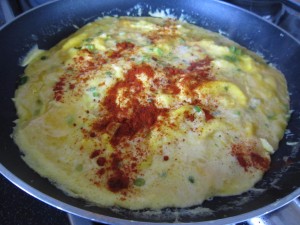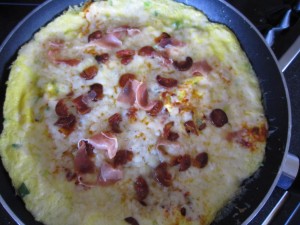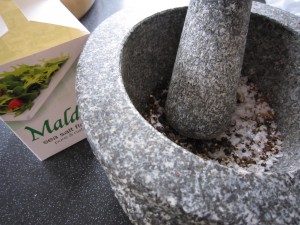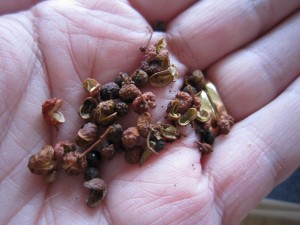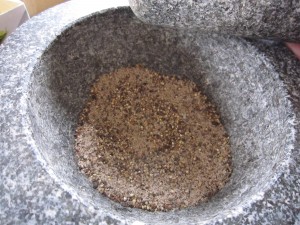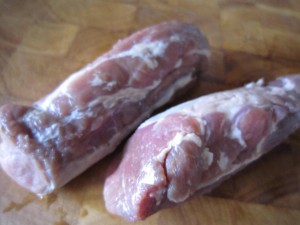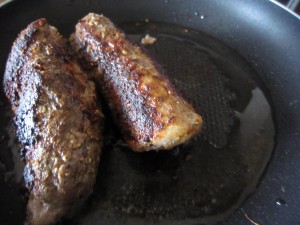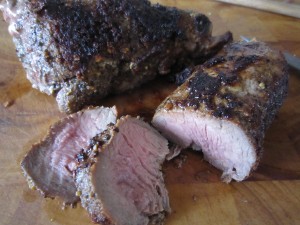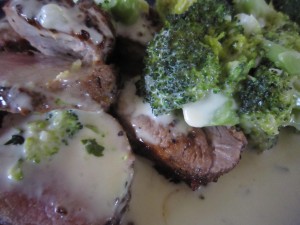The weather has definitely changed. The winds are getting stronger and I have started to wear a coat to travel to work.
It been raining a lot as well and when I look out of the window of my office at work I can see waves being whipped up on the lake.
Even the ducks, swans, geese and the heron are all in hiding.
You can see the trees are being bent over in the strong winds. The rain is splattering against the window and the skies are getting more grey.
What we need is something warm and sustaining. I want meat… I want tasty meat. I want something to fill me and make me smile.
So I decided upon shin of beef which is a British, inexpensive cut of meat from the front legs of cattle. Just over 500g costs just over £3. That’s enough to easily feed four people. Shin needs long and slow cooking which transforms it from incredibly tough to the most melt in the mouth meat ever, with a real depth of flavour. If this cut isn’t familiar to you, look at the link which shows you the difference between American and British cuts of beef.
When you look at shin of beef you can see the tendons and the fat running through it. This has to be cooked slowly and the meat becomes transformed into the most tender morsels imagineable. The gravy served with it reduces and becomes intensely rich and flavoursome. It is perfect in a beef stew with dumplings and that, I have to say, is how I normally cook it.
Except this time I wanted something different. I wanted something with a bit of a zing to it…and I had a fancy for some kind of Chinese flavouring. I have always adored the taste of star anise flavoured sauces and I remembered that when I was a poor student and wanted a treat I would order fried rice with a drizzle of Chinese barbecue rib sauce on it. That would be it. Just rice with some sauce… I think the takeaway was used to poverty stricken students asking for the bare minimum. (Mind you, there was an Italian restaurant in town that once served a group of us a side dish of peas between us because that was all we could afford and one of our friends fancied someone working there…)
Anyway. Here I was, years later, with enough money to actually buy some meat and I was going to make the most of it. I didn’t have a classic Red Cooked Beef recipe but I could make a fair attempt at it. No doubt the purists will think this isn’t the way to do it but this works for us. The flavour at the end is amazing and that’s good all we are concerned with.
Slow cooked meat is the easiest thing in the world. All it needs is time. You really do very little to it.
First of all, sear the outside of the beef as this gives it a good colour and a better taste.
Chop an onion into pieces. There’s no need to worry about making it neat – after a few hours in the slow cooker this will jsut disappear into a lovely rich sauce.
Put the onion in the bottom of the slow cooker (or casserole dish if you are using that) and lay the browned meat on top of it.
Add some oil to the pan juices (yes, I know that using sesame oil might seem extravagant, but once oil is opened you must use it as it will go off. You might as well use it in an appropriate dish rather than waste it. The delicious smell will disappear, I know, but you know the mantra, waste not, want not!) Use vegetable oil if you have it. What you are doing is getting the rich caramelised bits of meat from the pan.
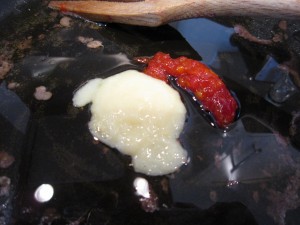
Stir in a good teaspoon of minced ginger, the smae of garlic and half a teaspoon of chilli – here I am using the tubes of freshly minced herbs and spices a) because I have them and b) my chillies have failed this year and my ginger is dried up and horrid. They are great to keep in the fridge, ready for an emergency. Add a good splash of soy sauce to add a salty, savoury element.
And star anise. Aren’t they beautiful?
Pour the oil and meat juice mix over the meat and onions and add the star anise.
Normally I’d add Chinese rice wine but we had none left… we did have sherry though and that is a good compromise. Half a cup of sherry adds an extra layer of aromatics to the dish.
A cup of water is added to bring the liquid content up to almost the top of the onion and meat. Don’t cover it, though as that will boil it and toughen the meat. You are aiming for a lovely gravy that will cosset the meat until it relaxes into tender submission.
And that’s it. Five minutes to prepare.
All you have to do now is to start the slow cooker, or put your casserole in the oven on a low heat and then just walk away for a few hours. Relax and enjoy the sense of anticipation.
Four hours later, the apartment smells of delicious, fragrant, spicy meat.
The meat is so tender it just falls apart when I lift it out with a spoon. The long, slow cooking has turned the tough meat into soft and delicious morsels.
Served in a bowl on top of some noodles with a few snipped chives over the top of it and we had the perfect supper. Delicious, tasty, spicily aromatic beef piled on top of soft and filling noodles… heaven in a bowl.
It made the grey day go away and we felt warm and happy.
What more could you ask for? A meal that tasted delicious and cost £1 per serving. That’s pretty good going.

